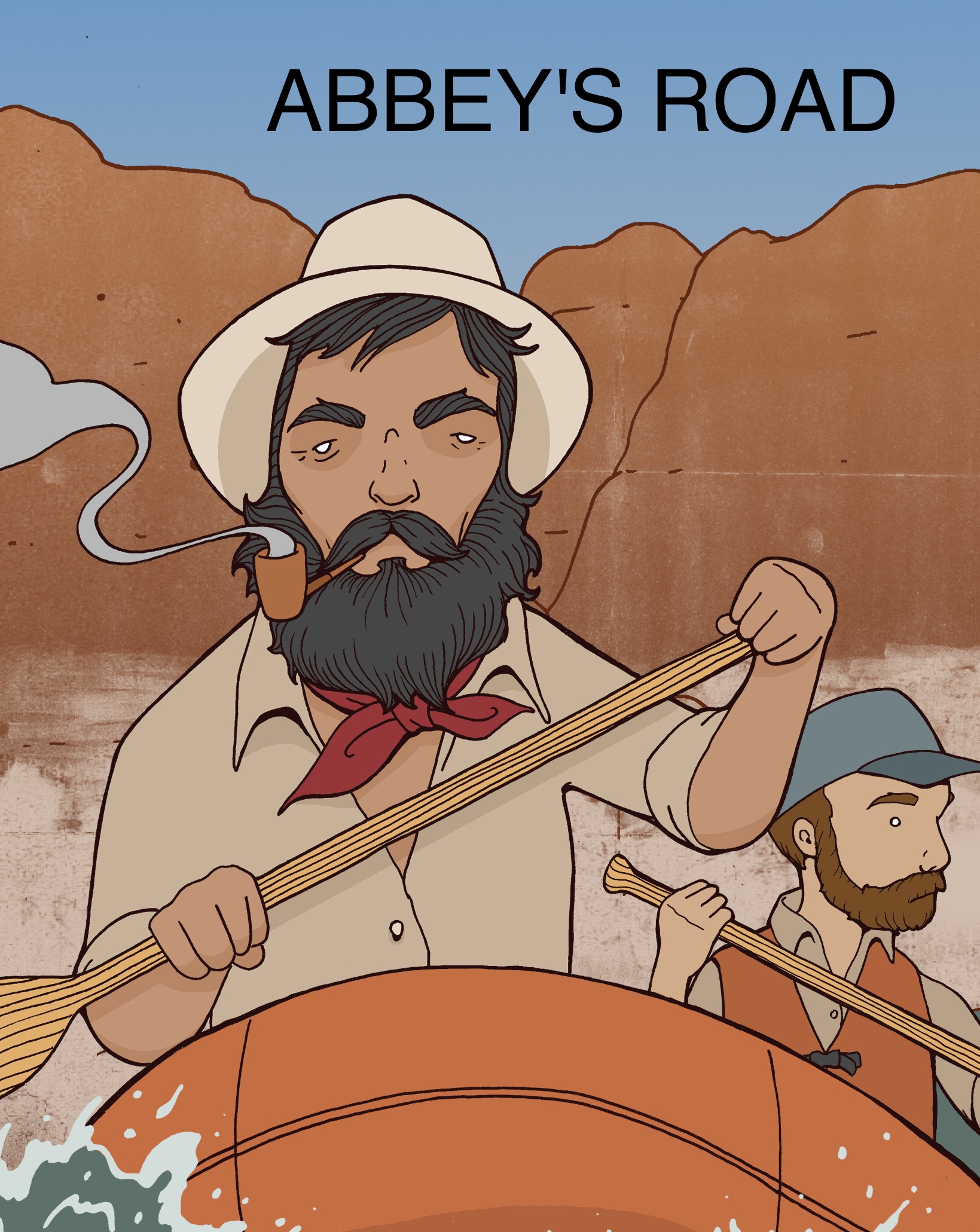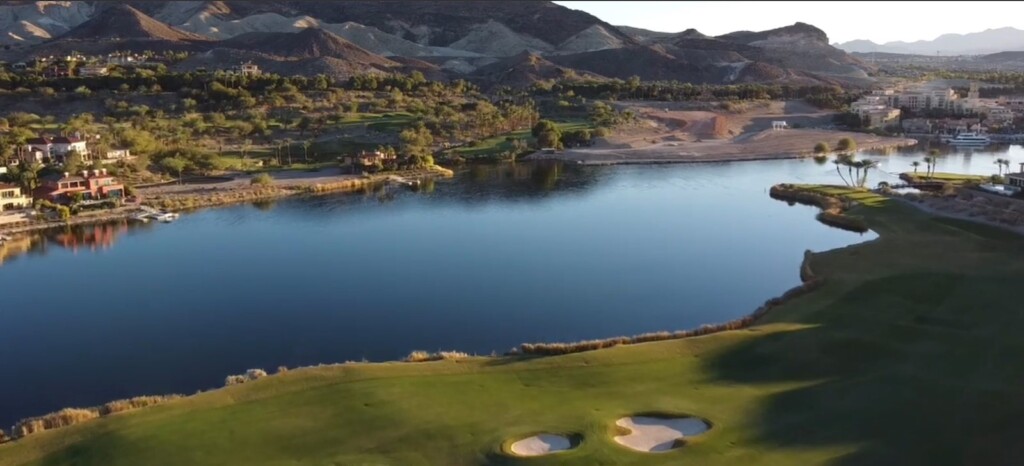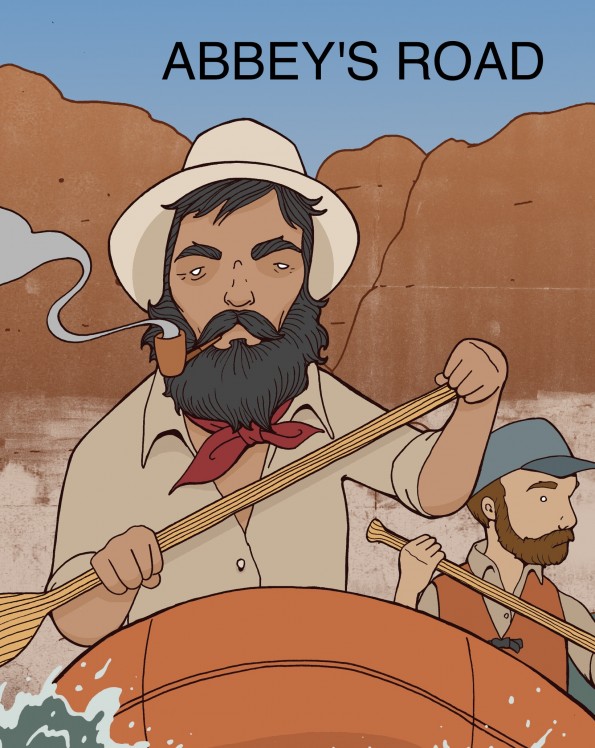 The Star Theater in Moab, Utah—Every seat is taken by grey-bearded men with sun-baked skin, dreadlocked hippies in sandals and mountaineers dressed in the latest outdoor wear. It’s a lively crowd. The theater is sold out for the screening of ML Lincoln’s Wrenched, a film about the life of Edward Abbey and the real-life characters who inspired Abbey’s cult classic book The Monkey Wrench Gang.
The Star Theater in Moab, Utah—Every seat is taken by grey-bearded men with sun-baked skin, dreadlocked hippies in sandals and mountaineers dressed in the latest outdoor wear. It’s a lively crowd. The theater is sold out for the screening of ML Lincoln’s Wrenched, a film about the life of Edward Abbey and the real-life characters who inspired Abbey’s cult classic book The Monkey Wrench Gang.
When the projection room door opens, pungent marijuana smoke enters my nostrils. Down below, host Bob Lipman, sporting a ponytail and beard, has a priestly presence and demeanor. He makes the final preparations to begin the show.
His phrases and words pay homage to the great Abbey whose philosophy, ideals and actions they all have come to adore. “The high priest of environmental justice is here tonight, says Lipman, “He is present tonight in this theater…we must continue to work on all fronts to preserve what we love,” said Lipman. The film for me is a sideshow; the main act is the gathered people. This is the group I’ve heard so much about. This is the “cult of the environmental left.”
These are the people who refuse to believe the age-old adage, “You can’t stop progress.” Their religion is environmental preservation. Their holy ground consists of virgin sand and dirt–wilderness from which sagebrush flourishes. Their temples are red rock cliffs and spires that surround this area. Moab is their Mecca. Edward Abbey is their John the Baptist. Tim DeChristopher is their current Messiah, now prepping for his role by attending Harvard Divinity School. DeChristopher is the most famous modern day monkey-wrencher for preventing the sale of oil and gas leases on the Canyonlands’ border. DeChristopher’s image and words permeate the documentary film Wrenched. Throughout the screening of film there is applause and emotional reaction of the devout audience.
“Monkeywrenching” describes actions environmentalists are willing to take to sabotage equipment and corporations that destroy the wilderness.
Edward Abbey’s MonkeyWrenching
I learned from the film that Edward Abbey personally chopped down billboards; he cut barbed wire fences. And the fictional Monkey Wrench Gang was, in many respects, very real. He and his friends poured sand or Karo syrup into the crankshafts of earth movers. Once Abbey and a friend ghost-rode a 20-ton backhoe off a cliff, as portrayed in The Monkey Wrench Gang. Abbey portrayed himself as Doc Starvis who is the financier of the Monkey Wrench operations.
However, in reality, Abbey did draw a line. He did not wish for people to be harmed nor private property destroyed, only corporate property and machines. The environmental group Earth First! emerged from Abbey’s philosophy and ideals. Still, other groups such as ELF (Earth Liberation Front) and ALF (Animal Liberation Front) have taken further measures, including burning down facilities that tested products on animals and a ski lodge in Vail, Colorado. But to what avail? The lodge was rebuilt and so were the animal testing facilities, and the term “liberal environmental wacko” was given greater credence.
Between 2003-2008 the FBI credits eco terrorism with over $200 million in property damages. EF!, and moreover ALF and ELF are considered eco-terrorism operations. They are proudly on the watch lists of the FBI. One woman explains at the screening, “If you are not on the FBI watch list you are not doing nearly enough!”
“They call us eco-terrorists,” one of the film’s characters proclaimed. “Eco-terrorism is what we are fighting against! The rampant destruction of our wilderness is what we wish to stop. They are the eco-terrorists! We are eco-warriors!”
Edward Abbey’s Legacy
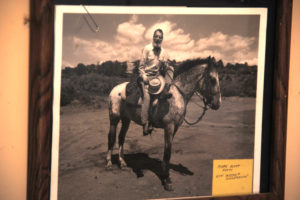
Abbey’s books and words proudly ushered in a movement of eco-warriors. Earth First! has chapters all over the world including Prague, Croatia, Italy and Australia. They oppose fracking in all forms. They are actively protesting the Keystone Pipeline, and their motto is “No Compromise in the Defense of Mother Earth!”
It has been twenty-five years since Abbey passed away in Arizona, but it feels as though his ideas and words are still very much alive.
Desert Solitaire is regarded as one of the best pieces of Western environmental literature. In the book, he poetically articulates the geology, flora and fauna of the desert southwest back when the US was committed to mining huge amounts of uranium to maintain the nuclear weapons stockpile. Abbey was a ranger at the then Arches National Monument from 1956-1958 when he became inspired to write. But Abbey never saw himself as a Thoreau-type nature writer. He believed the only way to experience nature was to go out and enjoy it, rather than read about it. He saw himself as a writer about the “struggle for personal liberty against the totalitarian techno-industrial state.” Abbey called his philosophy anarchy because he was opposed to all forms of centralized power, both corporate and governmental.
Abbey’s ideas rallied a large group of people to protect the environment from the “techno industrial state.” The packed house is a testament to the power that Abbey’s words still hold over his followers.
After the film, a panel discussed problems the film poses. One of the most difficult philosophical issues is how to overcome the hypocrisy that everyone in the audience supports oil companies. “We are all guilty. We are all supporting the industry. What can we really do to make a difference?”
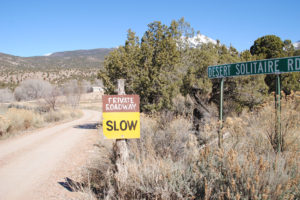
Sitting on the panel beside the filmmaker are several of Abbey’s long-time friends and environmentalists. SLC bookstore owner Ken Sanders supported DeChristopher when he needed federally-approved employment. Also on the panel were Ken Sleight and two young women, Moab resident Sara Stocks and a Salt Lake City woman, next-generation environmental activists.
Sanders puts it succinctly, “We cannot go on destroying wilderness that took five billion years to create for a few minutes of the Earth’s energy needs.”
In the early eighties, Ken Sanders was one of the original participants in Earth First! He accidentally attended and participated in “The Cracking of the Dam” in 1981. When participants unfurled a 500-foot vinyl crack down the side of dam. Sanders says that even by this time the FBI were keeping EF! on close watch.
“EF! had been infiltrated almost as soon as the 300 foot plastic crack down Glen Canyon damn was unfurled in 1981.By 1983, when we did a funeral for “Lake” Powell, replete with James Watt, the Governors of Utah/Arizona, and the Page High School Marching Band, we knew how bad it was. Swat teams, high powered infrared rifles, infiltrators, FBI video clips, everything you could imagine, and much more. By 1985, I argued, unsuccessfully, for us to kill the movement, with a ’70s style Yippie funeral. Unsuccessfully.”
EF! had been infiltrated by people interested in million-dollar, high-level destruction. The new members, who were pushing the group to commit more egregious sabotage, were revealed as FBI agents. Group members were convinced by the agents to attempt to destroy massive power lines from Glen Canyon to Arizona using acetylene torches. Subsequently, the Monkey Wrench-inspired group suffered a blow after losing its leader, Dave Foreman, who was sentenced to nearly three years in federal prison for the conspiracy.
The Evolution of Revolution and Peaceful Uprising
The new generation environmentalists have different ideals. They call it “the evolution of revolution.” “Monkeywrenching is a metaphor more than anything else. It’s the idea of throwing a wrench into the gears of the corporate machines engaged in ruining our environment.”
Sanders adds, “We need to start paying the real prices for things.” According to Sanders, we should be paying between $5-$10 per gallon of gasoline because the oil companies are so heavily subsidized by the federal government, there is a much greater cost to everyone when the long-term harm that is caused to the environment is factored into the equation. “It’s obscene they they make billions, while the rest of us suffer. We do not pay the true cost of anything we use.” Sanders strongly supports buying from local farmers and using locally produced and sold goods for this reason.
In the final days of George Bush’s presidency, as a big favor to his oil tycoon buddies who helped get him elected, (according to the film) Bush put up for auction lands which were just outside the border of Canyonlands National Park.
Tim DeChristopher single-handedly won the auctions for the oil and gas leases, but did not have the funds to pay for them, nor did he intend to. He had monkeywrenched an auction that cost the federal government what it claims cost “millions of dollars to organize.” DeChristopher served 21 months in a federal prison for his monkeywrenching. The auction was never rescheduled and the Obama Administration removed the land leases from the clutches of the oil companies.
Ken Sanders employed DeChristopher in his bookstore when he needed a halfway house job as he served the remainder of his sentence. DeChristopher grew into a leadership role with the environmental movement Peaceful Uprising and spoke in Sanders’ store. “When I read The Monkey Wrench Gang I suppose I was kind of naive. I didn’t read it like a novel, but more like a manual.”
The two most environmentally destructive projects that Wrenched addresses are the building of the Glen Canyon Dam and the decades-long strip mining on the Hopi/Navajo Indian Reservation.
I attended this screening because I wanted to meet one of the last surviving men to have seen Glen Canyon before Lake Powell, who was one of Abbey’s best friends, was portrayed in The Monkey Wrench Gang, and is now on stage.
Please stay tuned for our discussion of the last man to know Glen Canyon.

